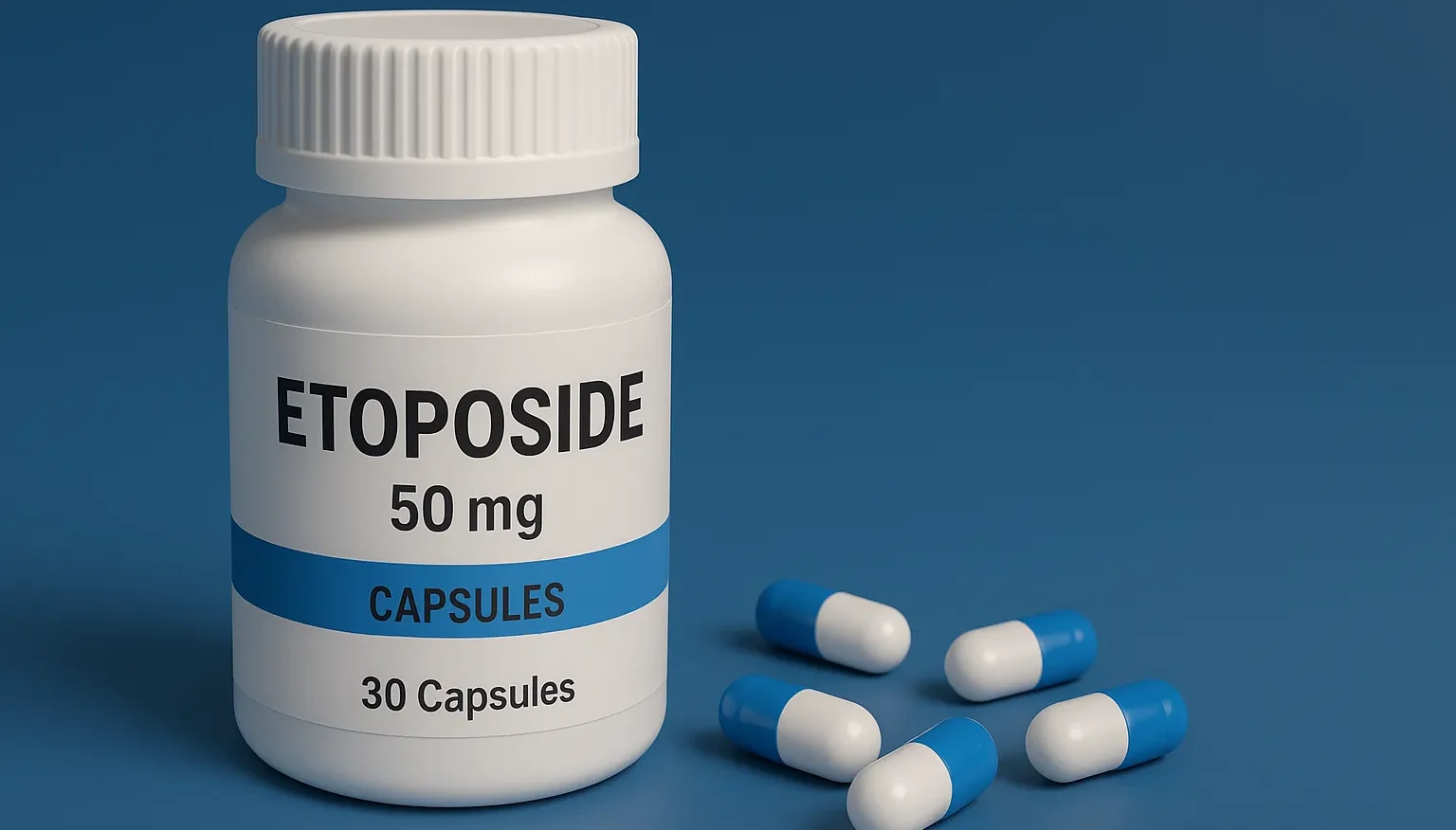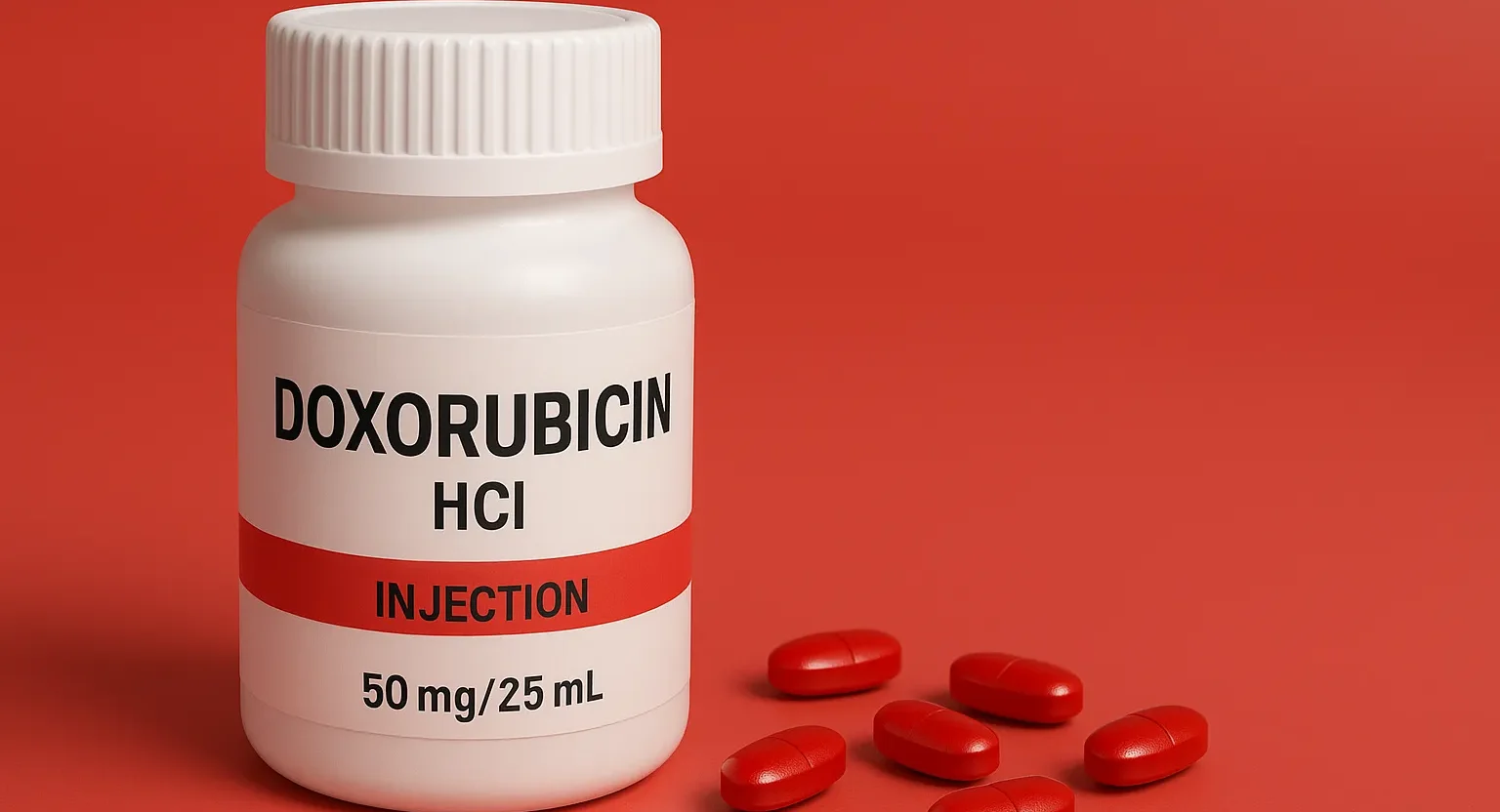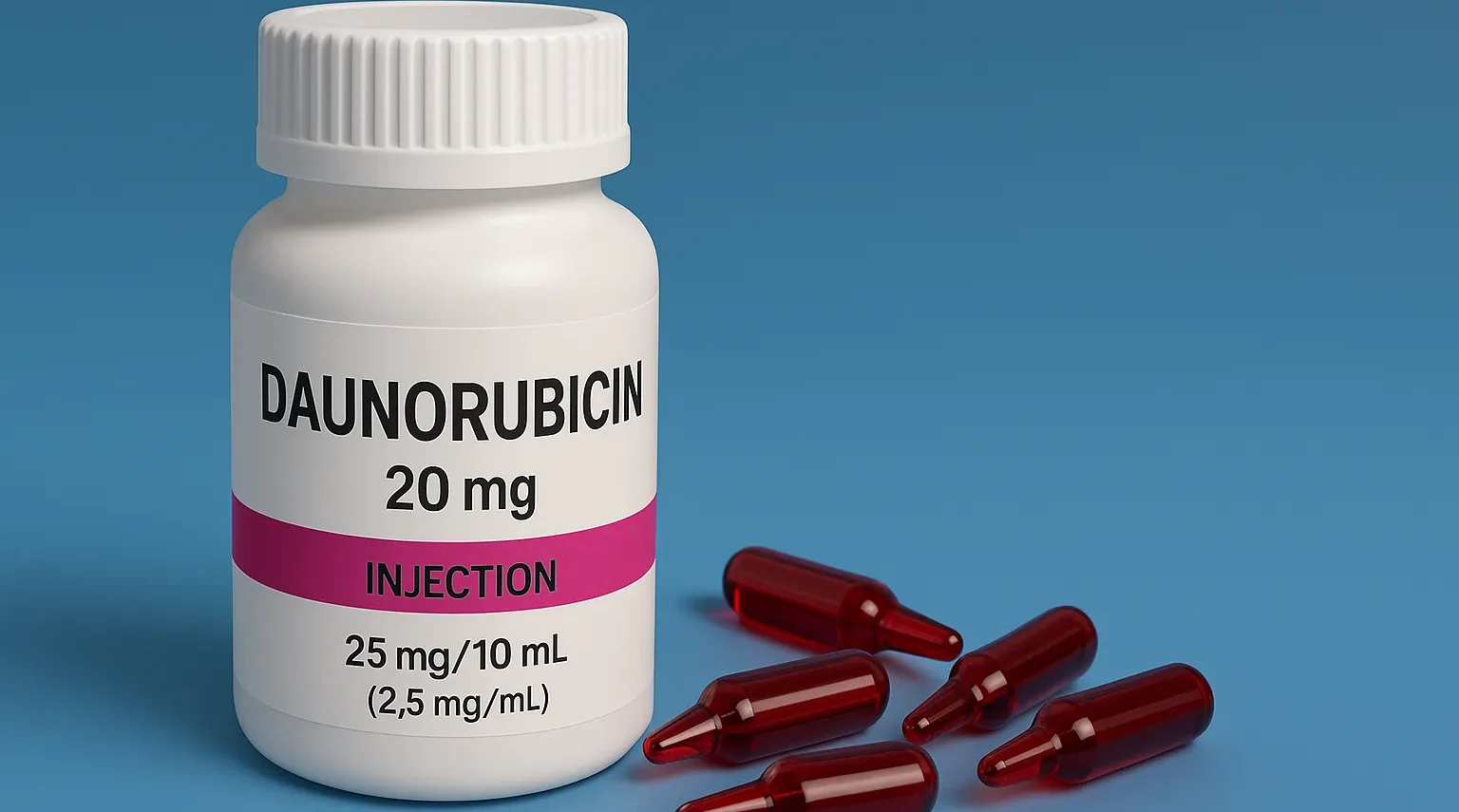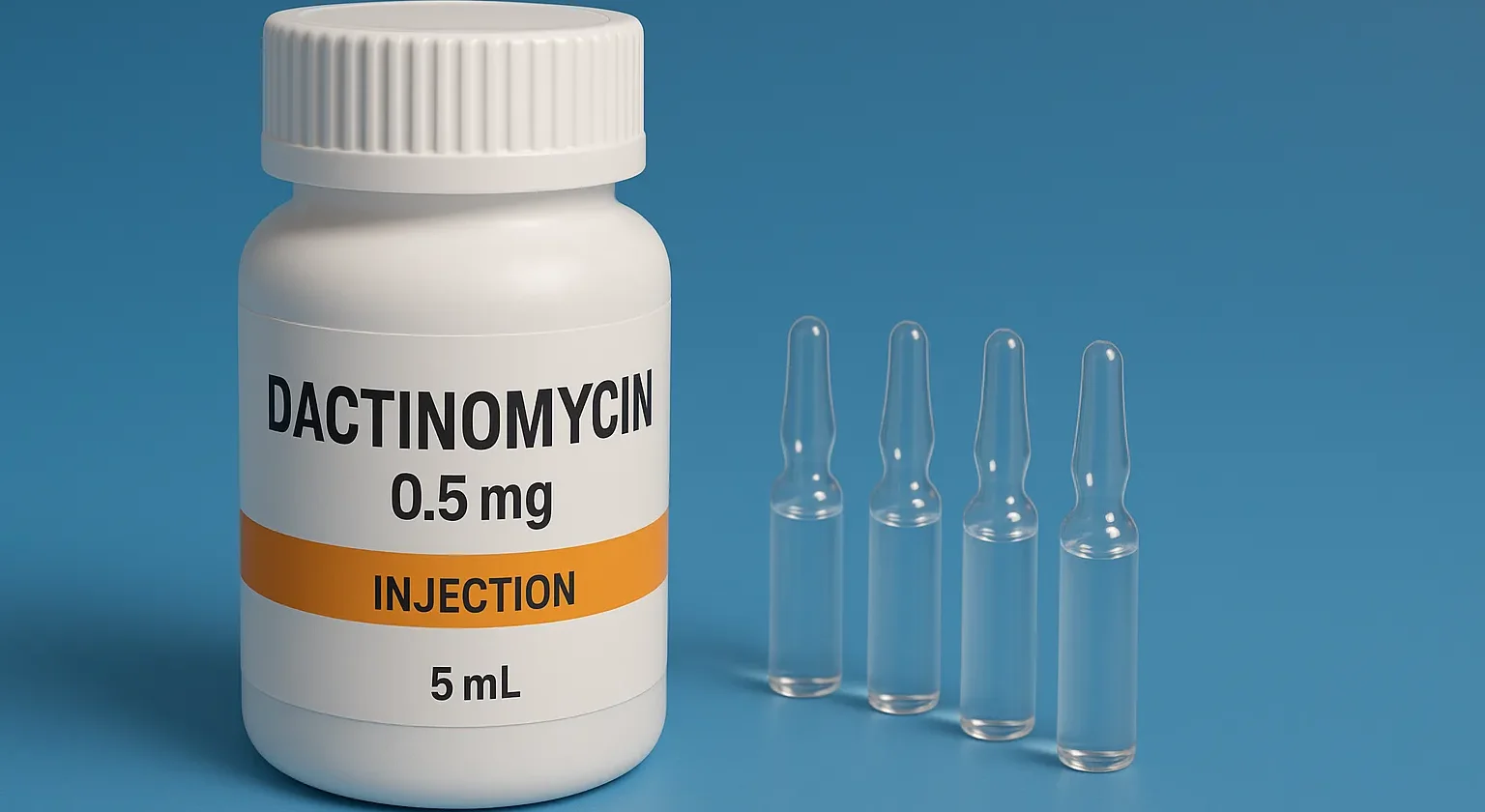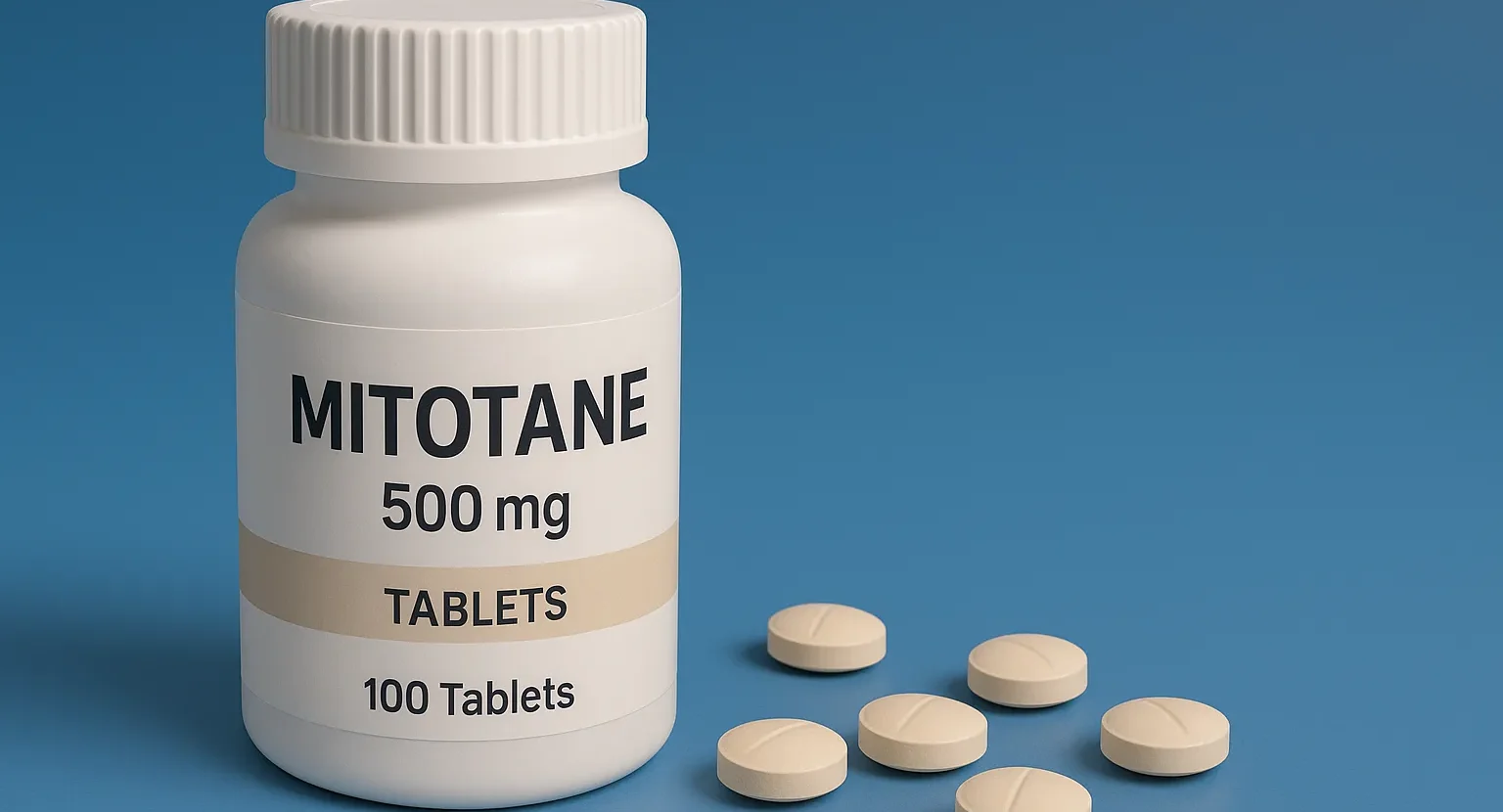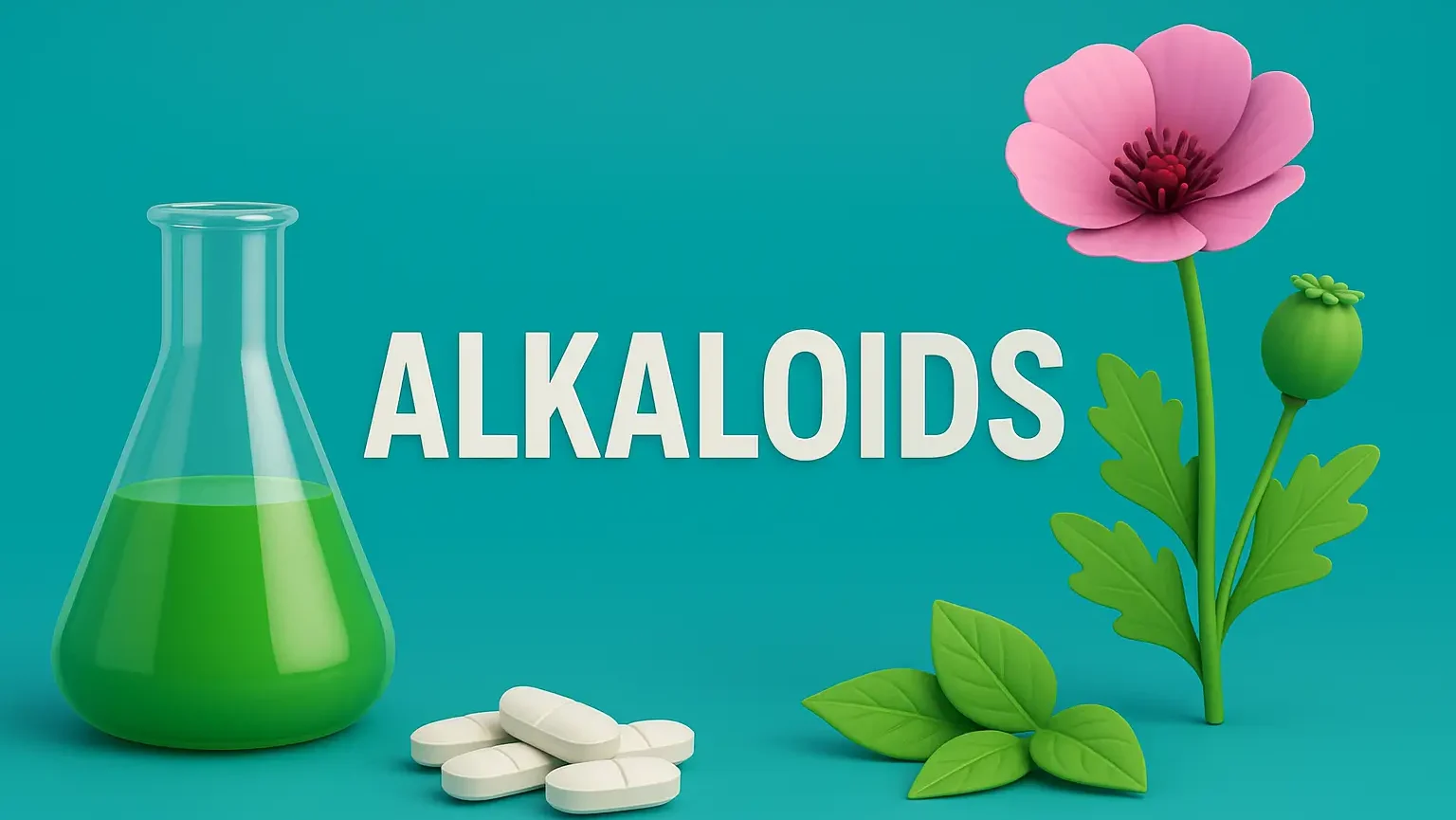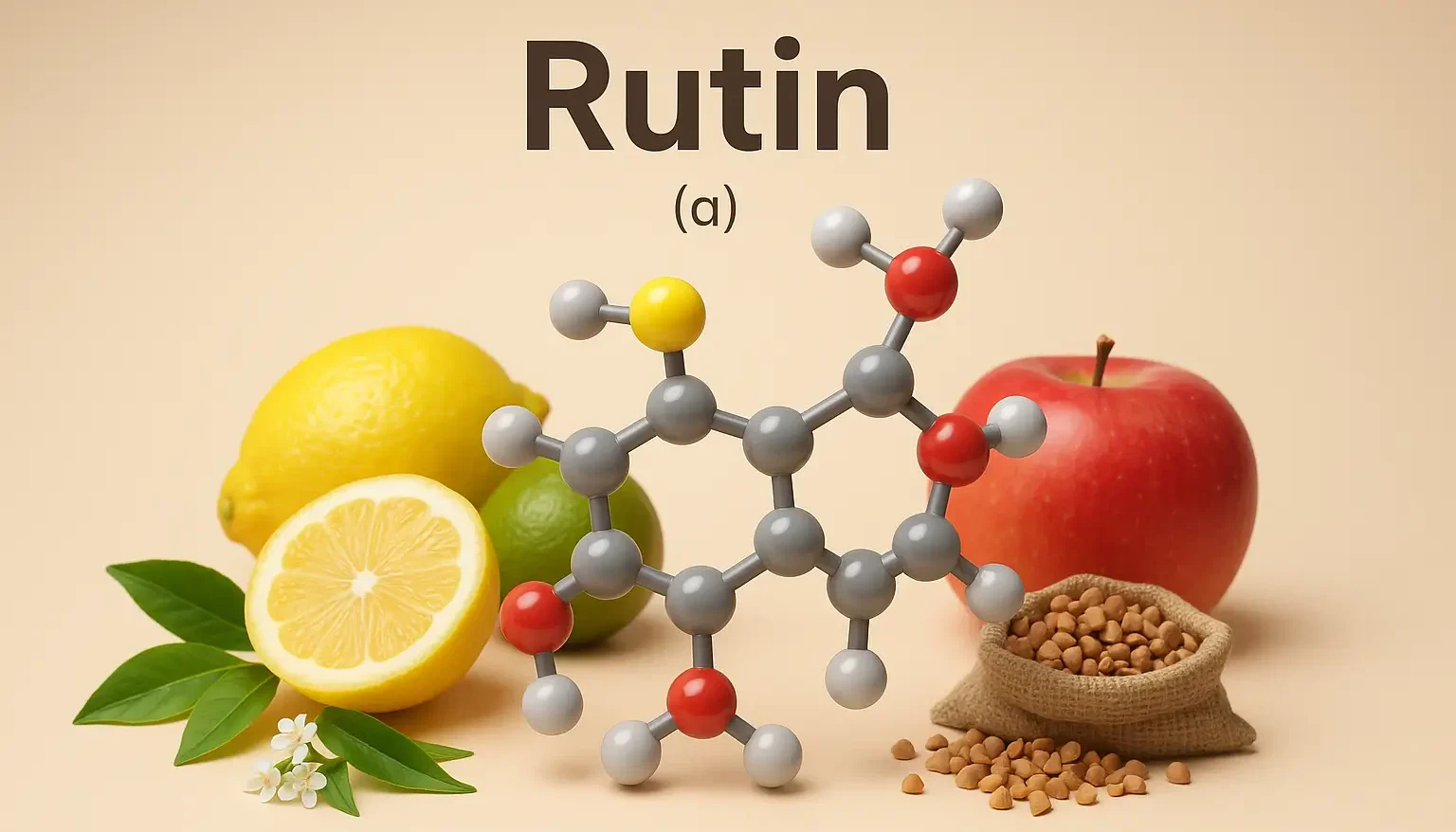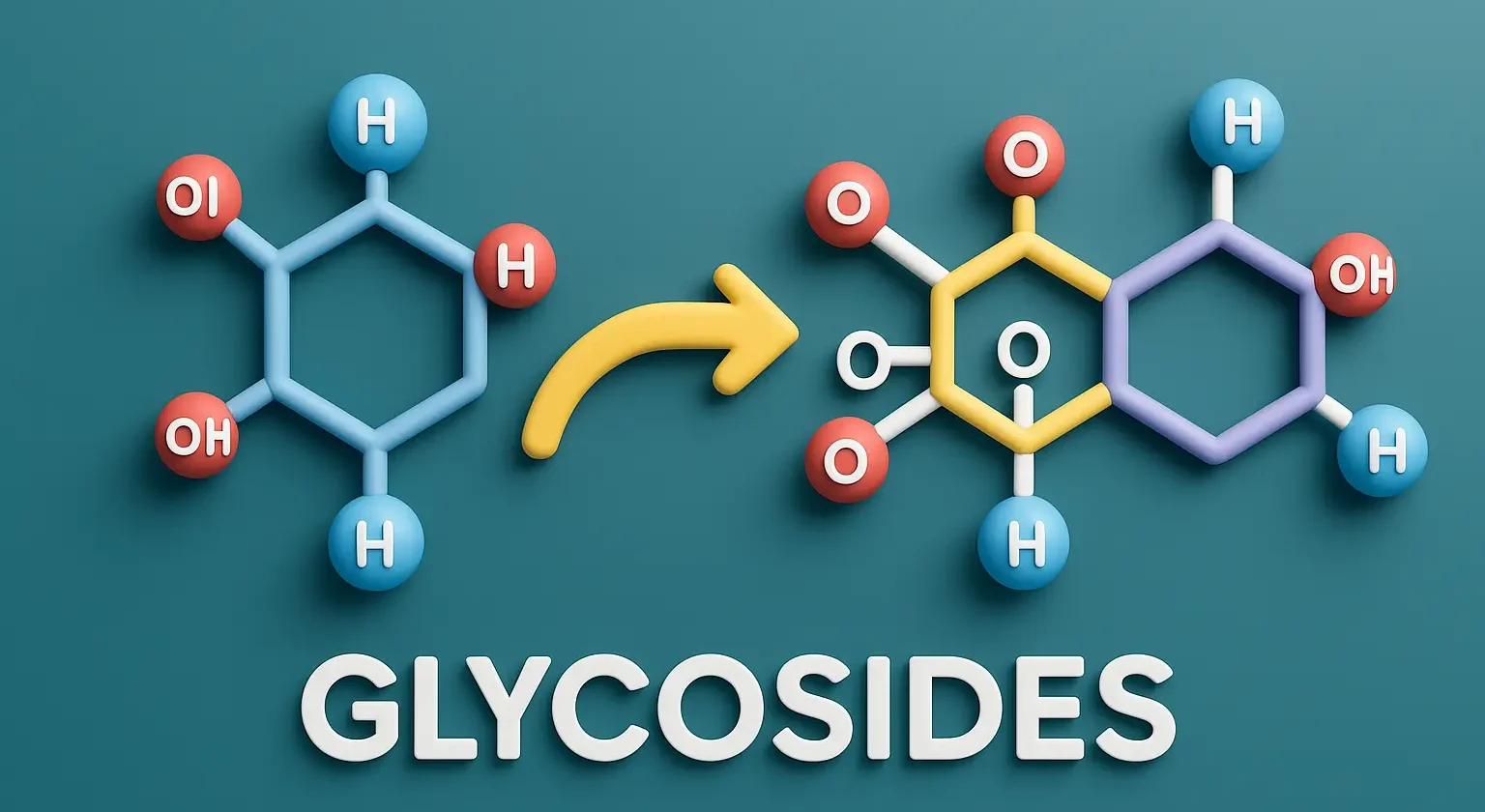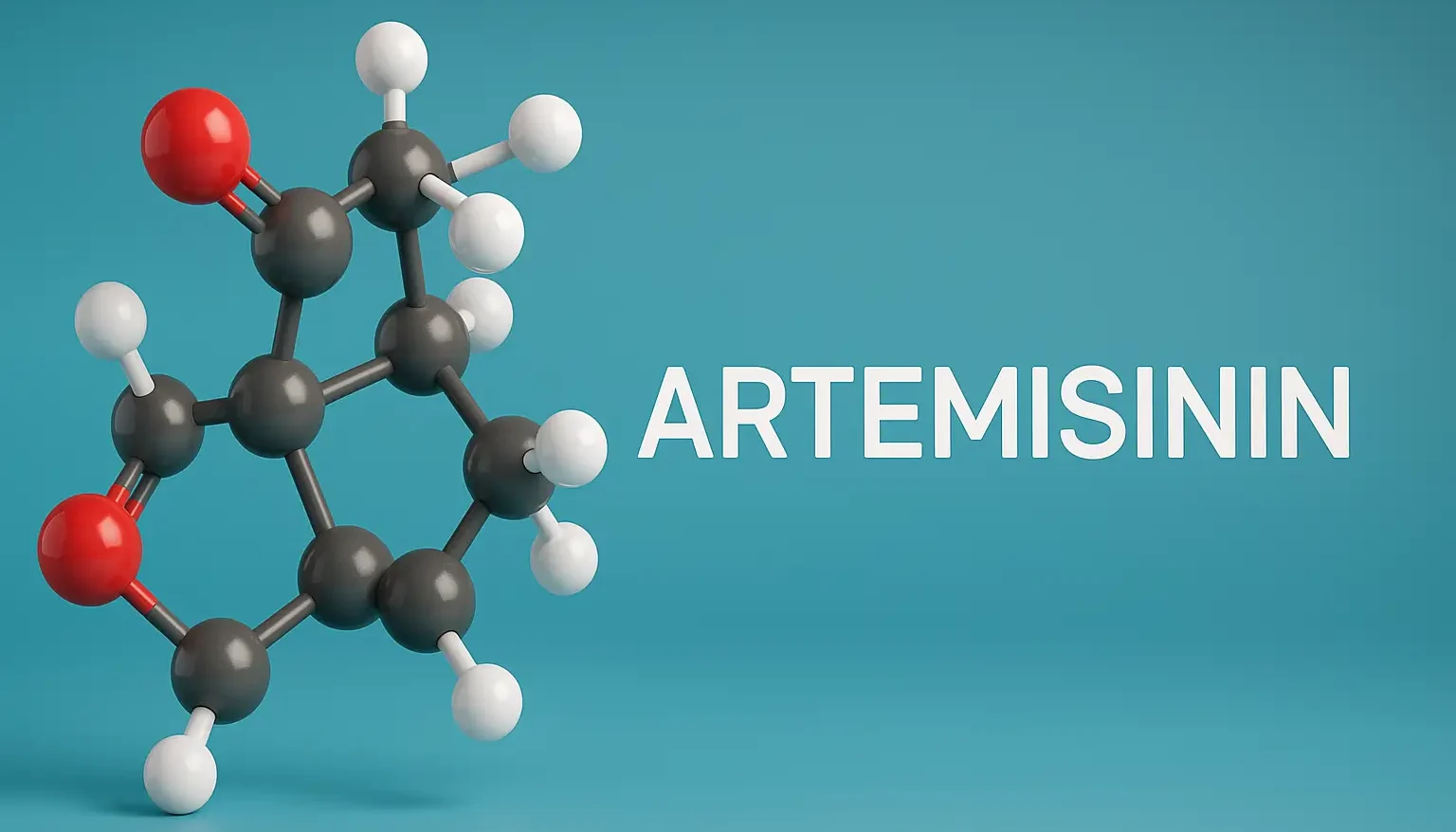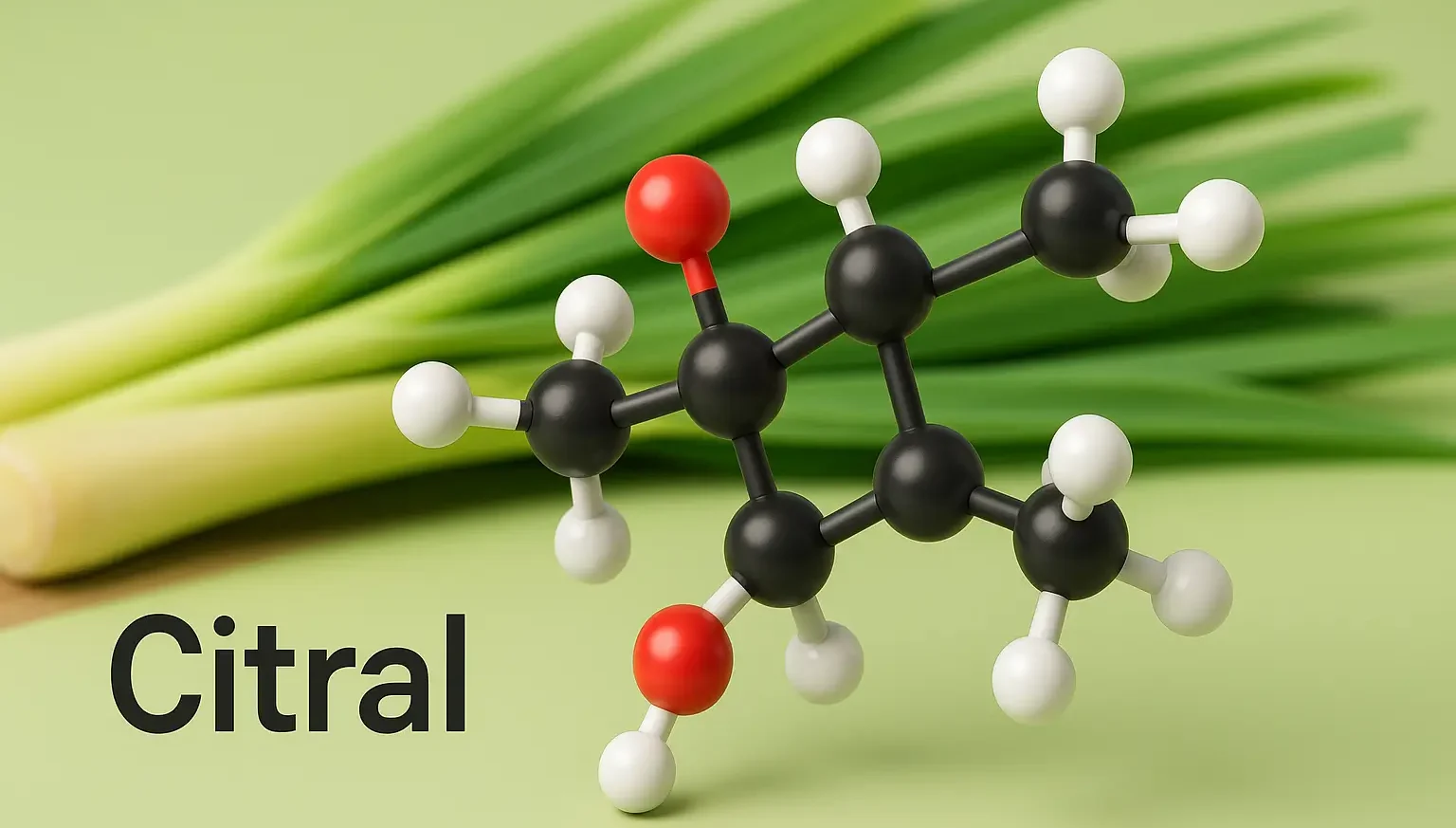Etoposide
Etoposide is an anti-neoplastic agent used in lung and testicular cancers by inhibiting topoisomerase II and causing DNA strand breaks. Structure of Etoposide Etoposide is a podophyllotoxin derivative featuring a dioxolane ring and a dihydropyran ring linked to a benzene ring. Chemical Formula: C₂₀H₁₄O₆ Mode of Action Topoisomerase II Inhibition: Prevents DNA strand re-ligation, causing … Read more

